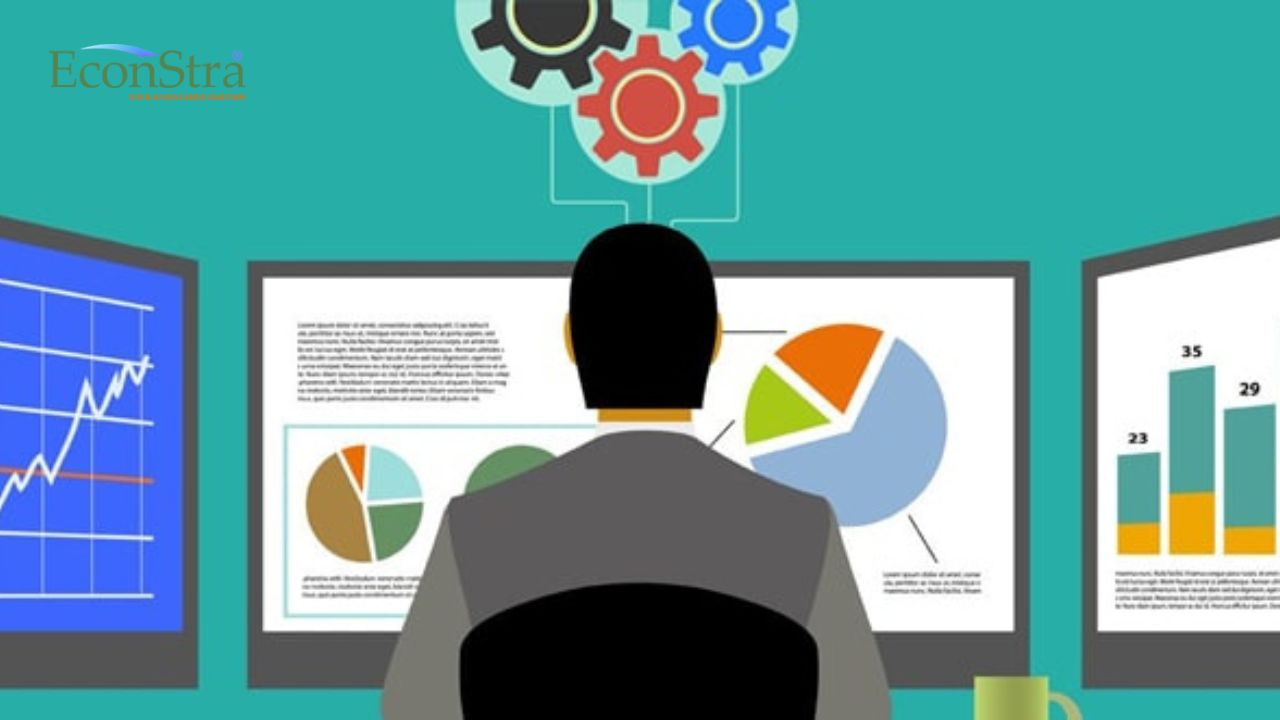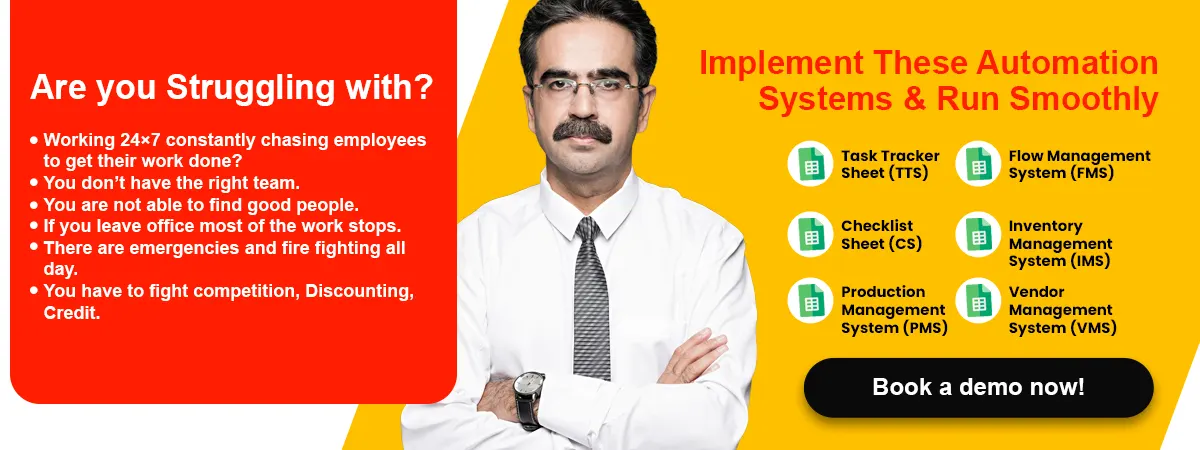by Soumyajit Admin
Share

In today’s fast-paced business world, the effective management of information is paramount. Organizations rely on accurate and timely data to make informed decisions and stay competitive. This is where Management Information Systems (MIS) come into play.
MIS is a vital component of modern business operations, facilitating the collection, processing, and dissemination of data throughout an organization.
So, today, in this comprehensive guide, we will delve deep into the world of Management Information Systems. We will explore what MIS is, its key components, its role in businesses, and its impact on decision-making.
By the end of this article, you will have a clear understanding of how MIS can empower organizations to thrive in the digital age.
Let’s keep reading!
What is Management Information Systems or MIS?
Management Information Systems (MIS), commonly known as MIS, represent an indispensable cornerstone of every organization’s technological ecosystem. These intricate systems are meticulously crafted to fulfill a multifaceted role: the collection, meticulous processing, secure storage, and seamless dissemination of information. Their overarching purpose is to serve as the lifeblood of informed decision-making, facilitating various management functions across the organizational spectrum.
MIS harmoniously orchestrates the flow of data, transforming raw inputs into actionable insights that guide strategic choices and operational efficiency. By weaving together data from diverse sources and presenting it in comprehensible formats, MIS empowers decision-makers to navigate the complexities of the modern business landscape with precision. It not only fosters informed judgments but also streamlines resource allocation, enhances performance evaluation, and promotes effective communication, thereby fortifying an organization’s ability to thrive in today’s dynamic markets.
Also, read our article on Solutions For Business Management Problems
Key Components of Management Information Systems (MIS):
- Data Gathering: MIS begins with the collection of data from various sources within an organization. This data can include sales figures, inventory levels, employee performance metrics, financial records, and more. The data is then organized and stored for future use.
- Data Processing: Once the data is collected, MIS processes it to extract meaningful insights. This involves tasks like sorting, summarizing, and calculating various metrics. The processed data is then presented in a format that is easy for managers to understand.
- Data Storage: MIS systems use databases to store large volumes of data. These databases are designed to be secure, reliable, and easily accessible to authorized users. Data storage is a critical component of MIS, as it ensures that historical data is available for analysis and reporting.
- Information Distribution: MIS systems facilitate the distribution of information to relevant stakeholders within the organization. This can be done through various means, such as reports, dashboards, emails, or even mobile apps. Timely and accurate information distribution is essential for informed decision-making.
Role of Management Information Systems in Businesses
Management Information Systems play a multifaceted role in businesses, contributing to various aspects of operations and management:
- Decision Support: One of the primary roles of MIS is to provide decision support to managers. By providing timely and relevant information, MIS helps managers make informed decisions, which can have a significant impact on the organization’s success.
- Resource Allocation: MIS assists in the allocation of resources, such as finances, manpower, and materials. It helps optimize resource utilization and ensures that resources are allocated to areas that need them the most.
- Performance Monitoring: MIS systems enable organizations to monitor and evaluate the performance of various departments and processes. Managers can identify areas that require improvement and take corrective actions accordingly.
- Strategic Planning: MIS aids in strategic planning by providing historical data and trend analysis. It helps organizations set long-term goals, formulate strategies, and adapt to changing market conditions.
- Communication and Collaboration: MIS promotes effective communication and collaboration within an organization. It ensures that relevant information is shared among teams and departments, fostering a collaborative work environment.
- Customer Relationship Management (CRM): Many businesses use MIS to manage their customer relationships. It helps track customer interactions, preferences, and feedback, enabling businesses to provide better services and products.
NOTE:
In the rapidly evolving landscape of business operations, Management Information Systems (MIS) serve as the backbone, orchestrating data, technology, and human resources to drive informed decision-making. ECONSTRA stands as a beacon in this realm, not just as a business consultant but as a pioneer in offering cutting-edge MIS services tailored for streamlined business management. The essence of MIS lies in its ability to gather, process, and interpret data into actionable insights, empowering businesses to optimize processes, enhance productivity, and foster growth. In this comprehensive guide crafted by ECONSTRA, delve into the intricate world of MIS, understanding its pivotal role in organizational success.
Impact of Management Information Systems on Decision-Making
The quality and availability of information provided by MIS systems directly impact decision-making processes within organizations. Here are some ways in which MIS influences decision-making:
- Informed Decisions: MIS acts as a knowledge reservoir, offering both real-time and historical data. This wealth of information empowers managers to make decisions grounded in concrete facts and figures, enhancing the precision and reliability of their choices.
- Data Analysis: MIS systems are adept at processing colossal datasets swiftly and accurately. This capability enables managers to unearth intricate trends, obscure patterns, and intricate correlations that would otherwise elude detection through manual analysis alone.
- Timely Information: The timeliness of information provided by MIS is pivotal in decision-making. Ensuring that data is readily accessible when needed is instrumental in seizing opportunities and avoiding ill-advised decisions stemming from information delays.
- Scenario Analysis: MIS facilitates a proactive approach by enabling managers to conduct “what-if” scenarios. This invaluable tool aids in risk assessment, allowing organizations to anticipate challenges and develop contingency plans to mitigate potential pitfalls.
- Performance Metrics: MIS supplies a comprehensive array of key performance indicators (KPIs) and metrics. These performance benchmarks serve as a compass, allowing managers to navigate the effectiveness of their strategies and initiatives, guiding course corrections where necessary.
- Competitive Advantage: Organizations that harness MIS effectively gain a strategic edge. The ability to make swift, pinpoint decisions puts them ahead of competitors still relying on slower, less precise methods, ultimately driving success and market leadership.
Also read: Embracing Automation In Business Management Systems
Challenges in Implementing Management Information Systems (MIS)
While Management Information Systems offer numerous benefits, they also present challenges in their implementation:
- Cost: Implementing and sustaining an MIS can be financially demanding, particularly for small and medium-sized enterprises (SMEs). Expenses encompass software development, hardware procurement, ongoing maintenance, and staff salaries, constituting a substantial investment.
- Data Security: Safeguarding sensitive information is paramount. Effective MIS systems must employ robust security measures to fortify data against potential breaches, ensuring the confidentiality and integrity of critical data assets.
- User Training: While MIS offers immense benefits, its optimal use often requires comprehensive training for employees. This investment in education is not only time-consuming but also involves additional costs for training materials and instructors.
- Integration: The seamless integration of MIS into existing systems and workflows can be intricate. Compatibility issues may surface, necessitating customization and technical expertise to ensure harmonious coexistence of the new system with established processes.
- Resistance to Change: Employees may resist adopting new technology and procedures, fearing disruption to their routines. Overcoming this resistance demands effective change management strategies to ensure the successful integration and utilization of MIS, including employee buy-in and support.
Conclusion On Management Information Systems (MIS)
In conclusion, Management Information Systems (MIS) are indispensable tools for modern organizations seeking to thrive in a data-driven world. They empower businesses with the ability to collect, process, and distribute information effectively, enabling informed decision-making and efficient resource allocation. The role of MIS extends beyond data management; it contributes to strategic planning, performance monitoring, and fostering a collaborative work environment.
However, implementing MIS is not without its challenges, including cost, data security, and user training. Organizations must carefully plan and execute the implementation process to reap the full benefits of MIS.
As technology continues to evolve, Management Information Systems will play an even more significant role in shaping the future of businesses. By embracing MIS and staying updated with the latest advancements, organizations can position themselves for success in an increasingly competitive landscape.
So, whether you are a seasoned manager or an aspiring entrepreneur, understanding and harnessing the power of MIS is a key step toward achieving your business goals.
STAY IN THE LOOP
Subscribe to our free newsletter.
Why Operational Costs Are Draining Your Profits? Operational costs are a critical aspect of running a successful business, but when not managed properly, they can drain your profits and stifle growth. In a competitive market, maintaining profitability requires keen oversight of expenses and strategic planning. Econstra, as a leading business consultancy, provides insights and strategies […]
In the rapidly advancing digital landscape, Artificial Intelligence (AI) tools have emerged as transformative assets for businesses. Their potential to enhance efficiency, streamline operations, and drive innovation makes them invaluable for business consultants and organizations worldwide. For business consultants in India, AI’s strategic application can be particularly advantageous in navigating a diverse and dynamic market. […]
In today’s competitive business landscape, marketing is more crucial than ever. Companies are constantly seeking innovative strategies to stay ahead of the curve. Yet, navigating the complexities of modern marketing requires more than just creativity; it demands expertise and strategic insight. This is where a Business Consultant can make a transformative impact. Business consultants offer […]
Small and Medium-sized Enterprises (SMEs) play a crucial role in driving innovation, creating jobs, and contributing significantly to the economy. Despite their importance, SMEs often face a host of challenges, including limited resources, intense competition, and the need for continuous innovation. To navigate these challenges successfully, many SMEs turn to business consultants for their expertise […]






